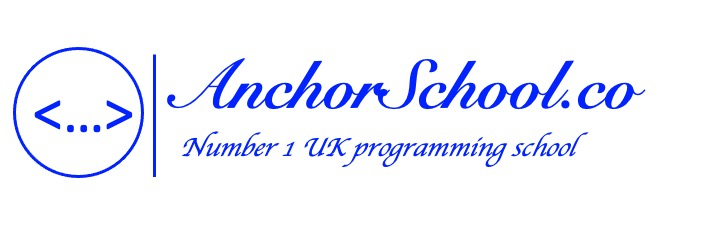Django is a high-level, open-source web framework written in Python that encourages rapid development and clean, pragmatic design. It follows the Model-View-Controller (MVC) architectural pattern, but in the Django world, it’s often referred to as the Model-View-Template (MVT) pattern. Here are some key aspects of the Django framework:
1. Built-in Features:
– **Admin Interface:** Django provides a powerful admin interface for managing models and data without requiring additional development.
– **ORM (Object-Relational Mapping):** Django comes with a robust ORM system that allows developers to interact with databases using Python code instead of SQL.
– **Authentication and Authorization:** Django includes built-in tools for user authentication and authorization, making it easier to handle user accounts and permissions.
– **URL Routing:** The framework has a clean and flexible URL routing system for mapping URLs to views.
2. Convention Over Configuration:
– Django follows the “batteries-included” philosophy, emphasizing convention over configuration. This means that it comes with many built-in features and follows sensible defaults, reducing the amount of boilerplate code needed.
### 3. **Security Features:**
– Django is designed with security in mind. It includes protection against common web vulnerabilities, such as SQL injection, cross-site scripting (XSS), and cross-site request forgery (CSRF).
– It encourages best practices for handling passwords, protecting against clickjacking, and securing sensitive information.
4. Reusable Apps:
– Django encourages the creation of reusable apps, allowing developers to build modular components that can be easily integrated into different projects.
– The Django community has developed and shared a wide range of third-party apps, contributing to the framework’s extensibility.
5. Template Engine:
– Django includes its own template engine for building dynamic web pages. It allows developers to separate the HTML structure from Python code, promoting a clean and maintainable codebase.
6. Middleware:
– Django middleware allows developers to process requests globally before they reach the views or after the views have processed them. This provides a way to add functionality to the request-response cycle.
7. Scalability:
– Django is suitable for building applications of varying sizes. While it’s often associated with larger projects, it can be scaled down for smaller applications as well.
8. Community and Documentation:
– Django has a large and active community, contributing to its wealth of documentation, tutorials, and third-party packages.
– The community-driven development ensures that the framework stays up-to-date with industry standards and best practices.
9. Django REST Framework:
– For building APIs, Django is often paired with Django REST Framework (DRF). DRF is a powerful and flexible toolkit for building Web APIs, providing features like serialization, authentication, and viewsets.
10. Maturity and Stability:
– Django has been around for many years and has been used in the development of numerous high-traffic websites. Its maturity and stability make it a reliable choice for building robust web applications.
Django is well-suited for a wide range of projects, from content management systems and e-commerce platforms to social networking sites. Its emphasis on efficiency, security, and maintainability has contributed to its enduring popularity in the Python web development ecosystem.

